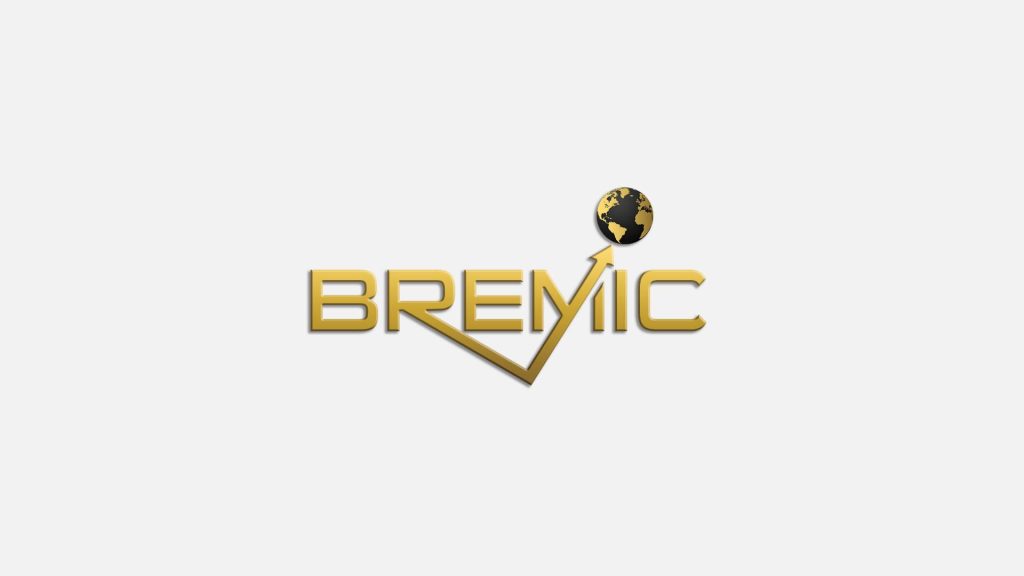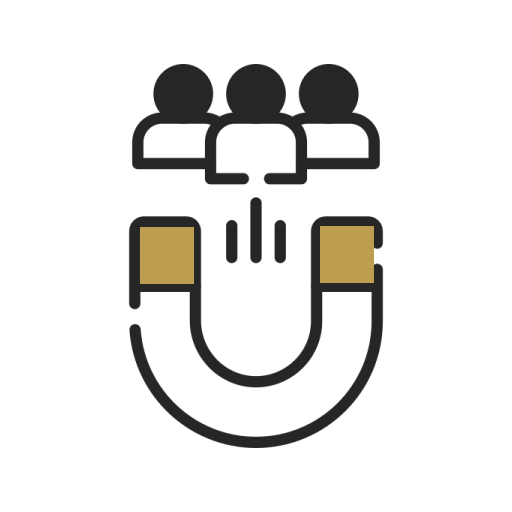Understanding 301 Redirects: Everything You Need to Know
Any webmaster or SEO specialist worth their salt knows the importance of SEO. It is the key to driving organic traffic and engaging with more potential customers. A 301 redirect is a tool that comes in handy when making changes to your website domain. A typical redirect allows you to transfer your old URL to a new address without incurring losses to your website’s search engine ranking. In this blog post, we’ll provide you with a comprehensive guide on everything you need to know about 301 redirects.
What is a 301 Redirect?
A 301 redirect is a type of redirect that you use to move an existing webpage to another location permanently. Unlike other redirects like 302 and meta refresh, 301 redirects pass almost all of the link value, ranking power, or ‘link juice’ of the original webpage to the page to which it redirects. It tells search engines your webpage has permanently moved to a new address, and to change any bookmarks or links that point to the old URL to the new one.
When to use a 301 Redirect
You should consider using a 301 redirect in the following situations:
• You have migrated your website to a new domain.
• You are changing your website pages’ URLs.
• You are consolidating object content on a website.
• You want to fix broken links(link rot) on your website.
How to Implement a 301 Redirect
To successfully implement a 301 redirect, you need to make sure you know the URL structure of the old page and the new page. A proper redirect setup requires changes at the server level which could be a complicated and technical process for website owners who are not familiar with web development. If you are using a content management system like WordPress, you can install a plugin to set up redirects and handle complex redirect mapping. Alternatively, you can contact your web developer or hire an SEO specialist to help you set up a 301 redirect.
The Benefits of Using a 301 Redirect
When you use a 301 redirect, you significantly reduce the risk of losing your website’s authority and SEO rankings. With a 301 redirect, Google and other search engines will update their index to reflect the new URL. As a result, your website visitors will still find what they are looking for, even if the page they originally intended to visit has moved. As long as the page content on the new URL is of the same or higher quality than the old URL, a 301 redirect will ensure minimal disruption to the website’s search engine ranking and any efforts made towards search engine optimization.
Conclusion
As you can see, a 301 redirect is a compelling tool that can help you maintain your website’s organic traffic and search engine ranking. Most importantly, it helps your website visitors find what they are looking for, even when the original webpage has been moved. If you’re considering moving webpages, changing your domain, or consolidating object content, we strongly recommend using a 301 redirect. However, you must ensure that you correctly implement the redirect to ensure an optimal outcome. Hopefully, this article has provided you with all the information you need to get started.
















